Trees are amazing! Not only do they store a lot of carbon from the atmosphere, which helps to combat climate change, they also make a great habitat for lots of the UK's wildlife - from birds nesting in their branches to fungi growing at the roots.
This guide, created in partnership with , and our quiz will help you and your children become tree detectives on your next trip outdoors. They have a lot to tell usÔÇŽ

Quiz
Do you know your yew from your oak? Time to turn over a new leaf and test your knowledgeÔÇŽ

Activity
You will need
- A few sheets of blank paper and a clipboard
- Crayons
- A magnifying glass or bug pooter
- A small book or website printout for identifying insects and other minibeasts -
- A small book or website printout for identifying trees and their leaves
- A tape measure (optional)
- Sticky tape

Let's get started
Step 1
Help your child choose a tree they like the look of, which they can then draw in the middle of a sheet of paper. Use the tree-spotting guide to identify it together and let them write the tree's name next to it.
Step 2
Take a fallen leaf to stick it to your child's investigation, or help them to do a rubbing of one using crayons.
Step 3
With a magnifying glass or bug pooter (learn how to make one here), spot some of the bugs living on and around the tree. Identify them using a book or printout and then your child can add their names, as well as how many you have seen, onto their investigation.
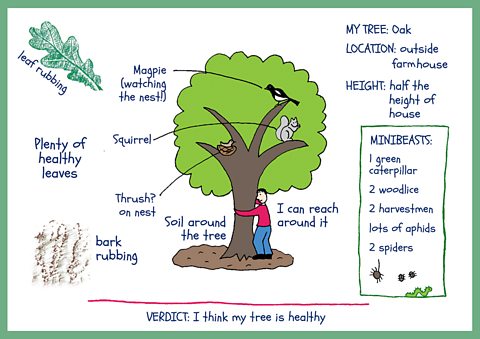
Step 4
How thick is the tree's trunk? Can you and your child measure it with a tape measure? If not, hug around the trunk together and make a note of how far your arms can reach around it.
Step 5
How tall is the tree? Help your child use things that are around the tree to measure it - for example, 'it is twice as high as the bus stop', or 'nearly as tall as a house'.
Step 6
What other wildlife can you see in the tree? Are there squirrels in its branches, or a magpie hopping around the top? Your child can make a list of their names, or add them to the tree drawing.
Step 7
Lastly, encourage your child to think about all of the evidence and decide whether they think the tree is healthy. If so, which of the findings have made them think that? If not, what do they think could be causing it to be unhealthy? They can then write all this down in their investigation.

What to look out for
Some people who work with trees are called arboriculturists or foresters and people who study trees are called dendrologists. They're all able to look at the shape of a tree, its bark, leaves, flowers and fruit and tell you exactly what species of tree it is.
There are many types of tree in the UK, but your child doesn't need to recognise them all to get on their way to becoming a dendrologist or an arboriculturist. Learning to spot just a few of our most common trees, like the english oak, silver birch, or white willow, is great start. Here are the leaves of an english oak, for exampleÔÇŽ
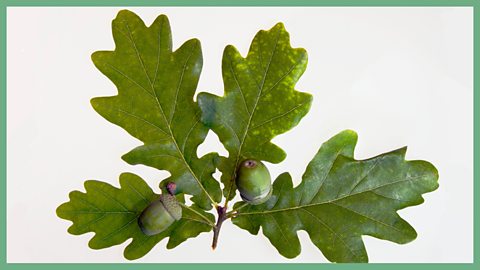
Your child will also be able to spot an english oak by its fruit, the acorn, which you can see among the leaves or on the ground underneath the tree. Squirrels love to gather and bury stashes of acorns for the winter.
Trees are also an important habitat for mammals, birds and insects, so encourage your child to keep a keen eye out. Animals that live in trees, like squirrels and many species of bird, are known as arboreal. If you're visiting a woodland, you're likely to see lots of animals that love living among trees, including roe deer, woodpeckers, chaffinches and wood warblers, butterflies like the speckled wood, as well as lots of special species of plants, like wood sorrel.
There's so much to discover together and add to your child's investigation!

The care for 2,300 nature reserves all over the UK, providing inspiration and education about the natural world. They also work with others to manage their land with nature. Their collection has plenty more nature activities for families to try.
Illustrations by Corinne Welch

More from ┬ÚÂ╣ď╝┼─ Bitesize Parents' ToolkitÔÇŽ
Parents' Toolkit
Fun activities, real-life stories, wellbeing support and loads of helpful advice - we're here for you and your child.

Hunt for minibeasts and make a bug pooter
This guide is perfect for families on the lookout for insects and other bugs in the great outdoors.
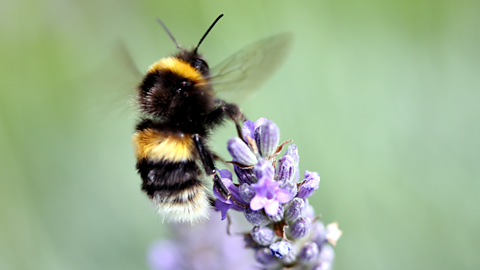
Quiz: Learn to spot UK birds using their songs
Help your child learn how to identify British garden and woodland birds from their songs and appearance.
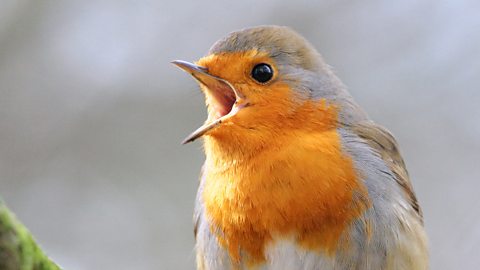
How to spot bats in the UK
Where to find them, how to spot them and some bat facts to wow the kids!
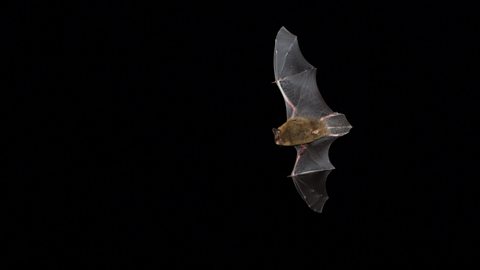
How to make a moth magnet
Moths are one of the most diverse animals we have in the UK - follow this guide to see them up close!
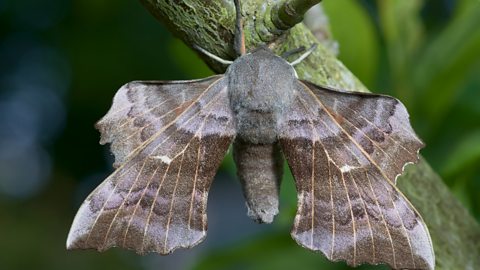
Why playing out and exploring is good for our kids
Steve Backshall, Helen Glover and child psychology expert Helen Dodd have some advice for parents.
